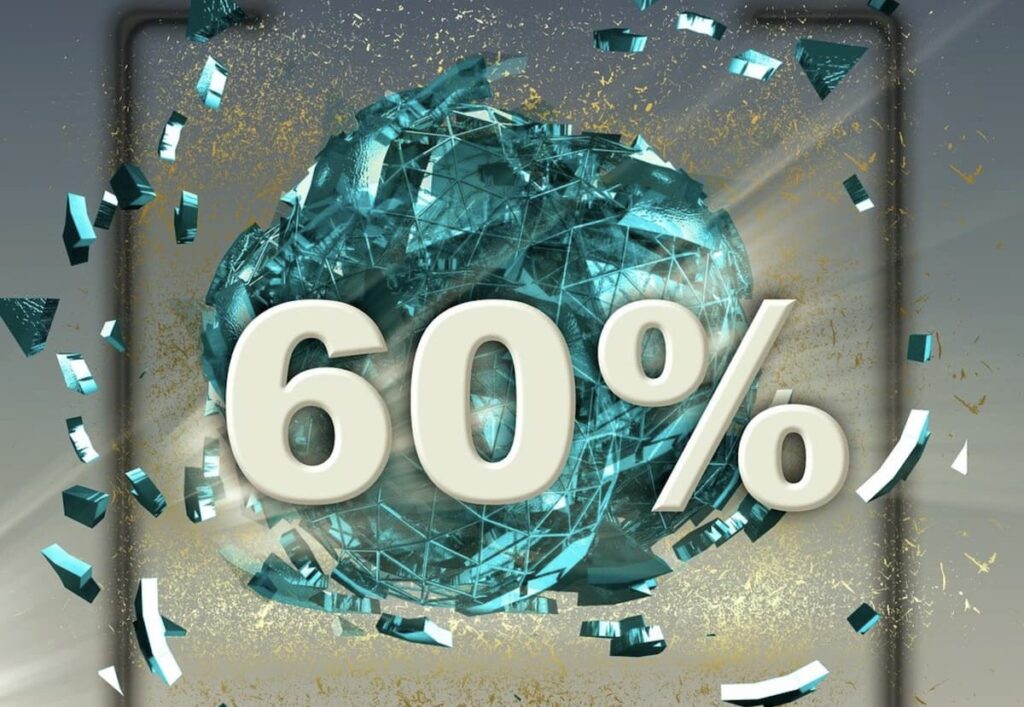The % sign represents the percentage. When reading it, it says “percent.” For example:
- “We offer a discount of 30 % on selected products.
- “We offer a discount of 30 percent on selected products.

The % symbol is very similar to fraction symbols, such as ½ or ¼. This is because the percentage is a form of a fraction, where the denominator is 100. That is, the unit is divided into 100 equal parts.
For example: if a seller’s commission is fifteen % (15 for every 100) when selling a product for 200 dollars, the commission will be 30 dollars ($200 divided by 100 by 15 = $30).
As with all fractions, a high percentage does not necessarily imply a sizeable amount. For example, the ratio of 7/8 is high, and the ratio of 1/8 is low. However, 7/8 of a piece of candy is much less than 1/8 of a cake. In other words, to know the absolute amount, we must always know the total amount of the unit, that is, what is being divided into equal parts.
Other mathematical symbols
- ‰ It is a symbol similar to a percentage, but it refers to the number of units per thousand. That is, the total is divided into a thousand units. It is used for percentages less than 1% or with many decimal places. For example, a percentage of 4.356% is equal to 43.56 ‰. A percentage of 0.054% is equal to 0.54 ‰
- As we saw, the sign / separates the numerator from the fraction’s denominator. What appears before the / sign is the numerator, and what appears after is the denominator. That is: Numerator / denominator.
The denominator indicates how many parts the unit has been divided into. The numerator tells how many of those parts are being taken. More than one unit is taken if the numerator is greater than the denominator. For example:
- In a single afternoon, the children used 5/4 of the material available for the day. That is, the children used ¼ more than what was available today.
- We have already consumed 2/3 of our water reserves. In other words, there is still 1/3 of the water reserves.
- The signs < Y > show relationships of major and minor.< reads as “is less than.” For example: 1 < 3
> reads as “is greater than.” For example: 5 > 3The signs ≤ Y ≥ are used to delimit sets since, in addition to indicating relationships of greater and lesser, they accept the possibility that they are equal. For example:
- x belongs to group A if x ≤ 10 (x belongs to group A if x is less than or equal to 10)
- x belongs to group B if x > 10 and ≤ 20 (x belongs to group b if x is greater than 10 and less than or equal to 20, that is, all numbers from 11 to 20 belong to group B)
